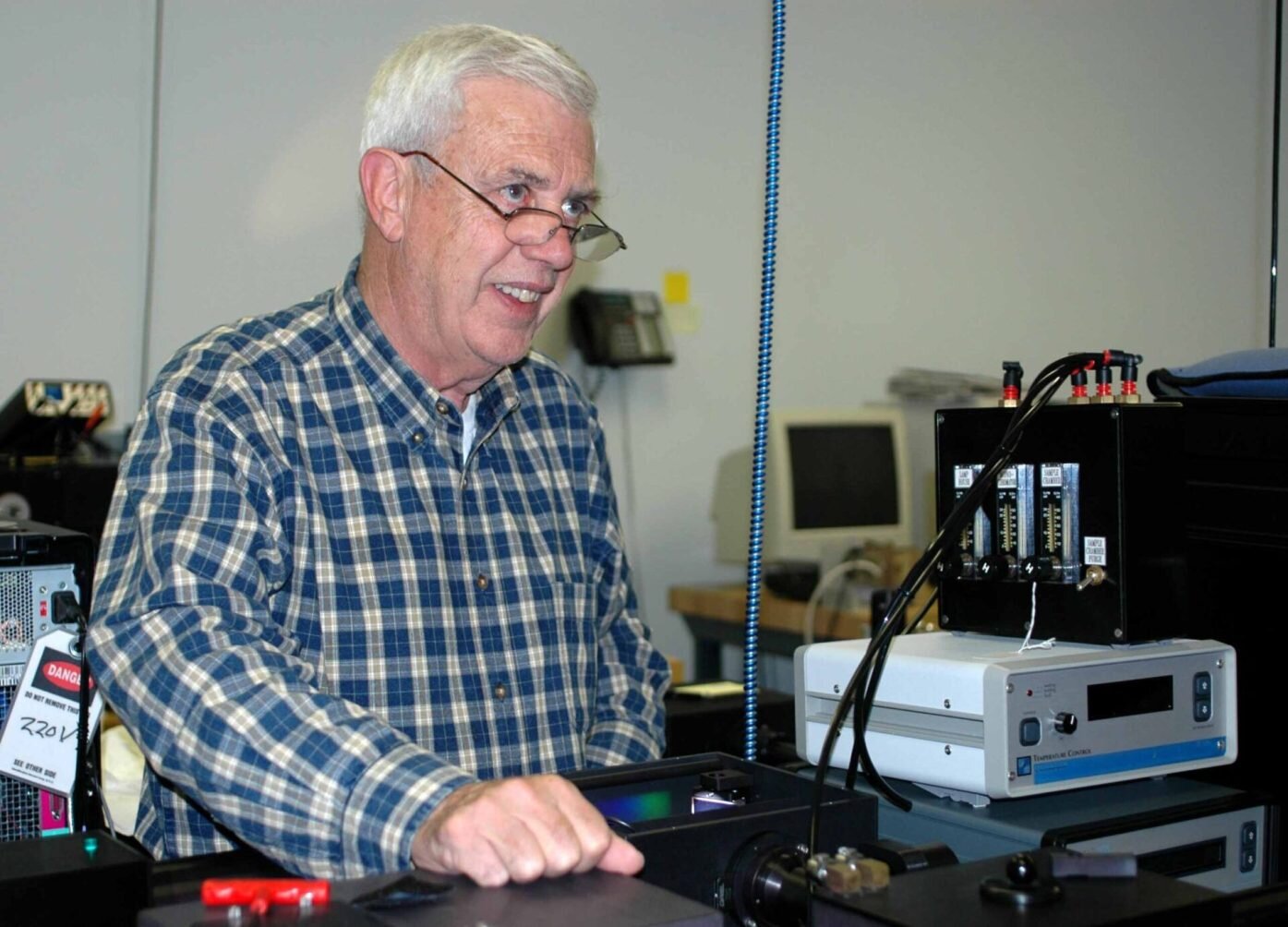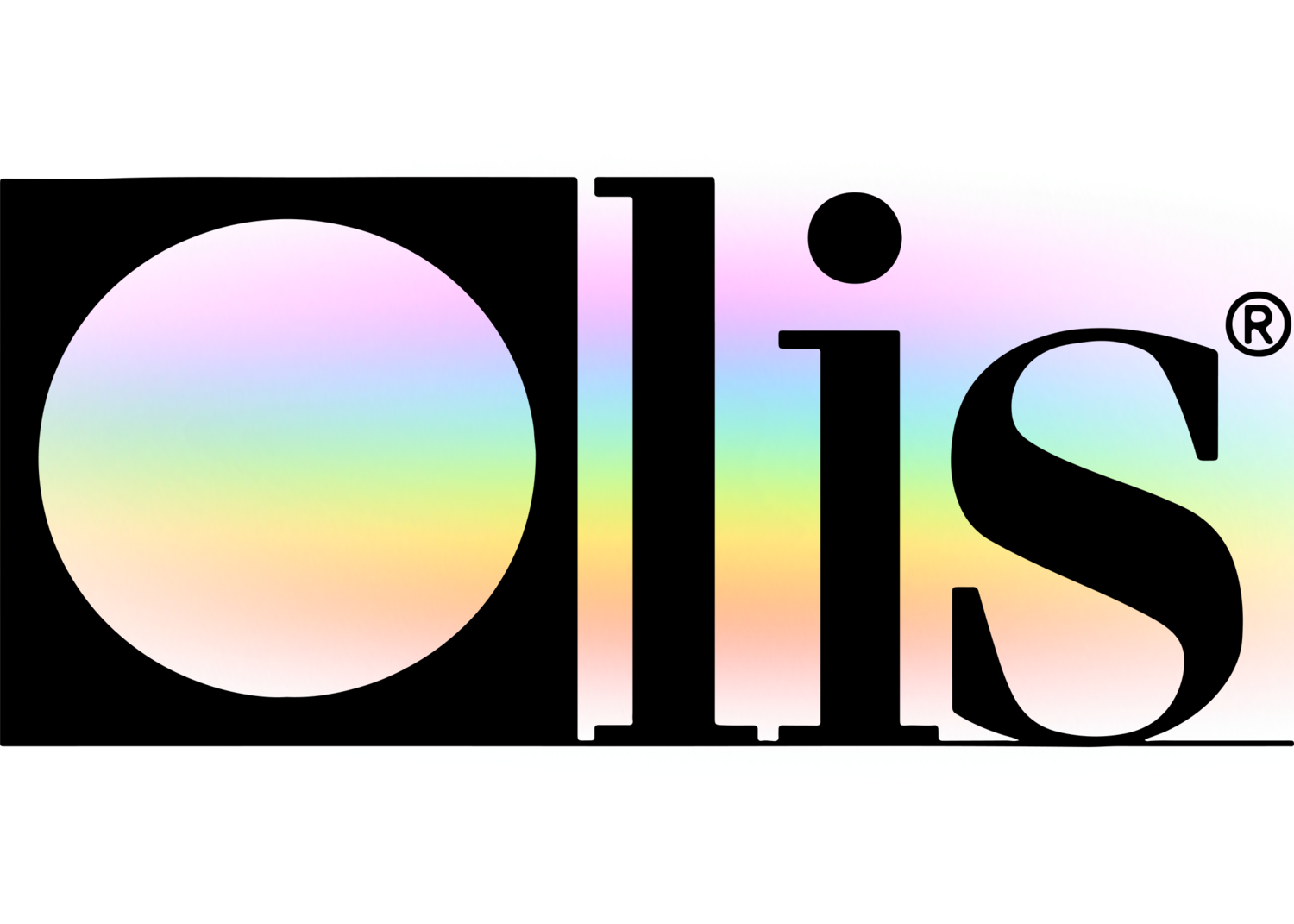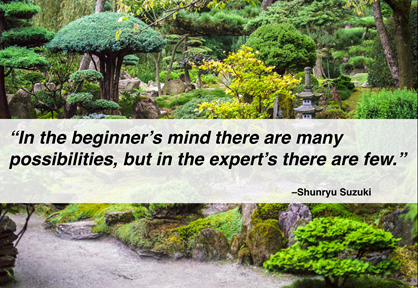Spectrophotometers Things To Know Before You Buy
Spectrophotometers Things To Know Before You Buy
Blog Article
Little Known Facts About Uv/vis.
Table of ContentsLittle Known Facts About Circularly Polarized Luminescence.Rumored Buzz on Circularly Polarized LuminescenceAll about Circular DichroismThe Single Strategy To Use For SpectrophotometersCircular Dichroism Fundamentals Explained

Spectrophotometry is a tool that hinges on the quantitative analysis of molecules depending on how much light is soaked up by colored substances.
The Single Strategy To Use For Uv/vis
A spectrophotometer is typically used for the measurement of transmittance or reflectance of solutions, transparent or opaque solids, such as sleek glass, or gases. Lots of biochemicals are colored, as in, they absorb visible light and therefore can be determined by colorimetric treatments, even colorless biochemicals can frequently be transformed to colored substances ideal for chromogenic color-forming reactions to yield substances suitable for colorimetric analysis.: 65 However, they can likewise be designed to measure the diffusivity on any of the listed light varieties that typically cover around 2002500 nm using various controls and calibrations.
An example of an experiment in which spectrophotometry is utilized is the decision of the balance constant of a service. A specific chain reaction within a solution might occur in a forward and reverse instructions, where reactants form items and items break down into reactants. Eventually, this chemical reaction will reach a point of balance called an equilibrium point.
How Uv/vis/nir can Save You Time, Stress, and Money.
The quantity of light that goes through the solution is a sign of the concentration of specific chemicals that do not allow light to pass through. The absorption of light is because of the interaction of light with the electronic and vibrational modes of molecules. Each type of molecule has an individual set of energy levels connected with the makeup of its chemical bonds and nuclei and hence will absorb light of specific wavelengths, or energies, resulting in special spectral properties.
The usage of spectrophotometers spans numerous scientific fields, such as physics, materials science, chemistry, biochemistry. UV/Vis/NIR, chemical engineering, and molecular biology. They are extensively utilized in many industries including semiconductors, laser and optical production, printing and forensic assessment, as well as in labs for the research study of chemical substances. Spectrophotometry is frequently utilized in measurements of enzyme activities, determinations of protein concentrations, determinations of enzymatic kinetic constants, and measurements of ligand binding reactions.: 65 Eventually, a spectrophotometer is able to figure out, depending upon the control or calibration, what compounds are present in a target and precisely just how much through calculations of observed wavelengths.
Invented by Arnold O. Beckman in 1940 [], the spectrophotometer was produced with the aid of his coworkers at his business National Technical Laboratories established in 1935 which would become Beckman Instrument Company and ultimately Beckman Coulter. This would come as an option to the formerly produced spectrophotometers which were not able to absorb the ultraviolet correctly.
Not known Details About Circular Dichroism
It would be found that this did not provide satisfactory results, therefore in Model B, there was a shift from a glass to a quartz prism which allowed for much better absorbance outcomes - UV/Vis (https://www.4shared.com/u/FvsNFVfH/julieanndesalorenz30606.html). From there, Model C was born with a change to the wavelength resolution which wound look at this now up having three units of it produced
It irradiates the sample with polychromatic light which the sample takes in depending upon its properties. Then it is transferred back by grating the photodiode range which finds the wavelength area of the spectrum. Ever since, the production and implementation of spectrophotometry gadgets has increased immensely and has become one of the most innovative instruments of our time.

See This Report on Uv/vis
The grating can either be movable or fixed.
In such systems, the grating is fixed and the intensity of each wavelength of light is determined by a various detector in the range. Additionally, most contemporary mid-infrared spectrophotometers use a Fourier change technique to get the spectral details - https://www.wattpad.com/user/olisclarity1. This technique is called Fourier change infrared spectroscopy. When making transmission measurements, the spectrophotometer quantitatively compares the fraction of light that passes through a reference option and a test solution, then electronically compares the intensities of the 2 signals and computes the portion of transmission of the sample compared to the recommendation requirement.

Report this page